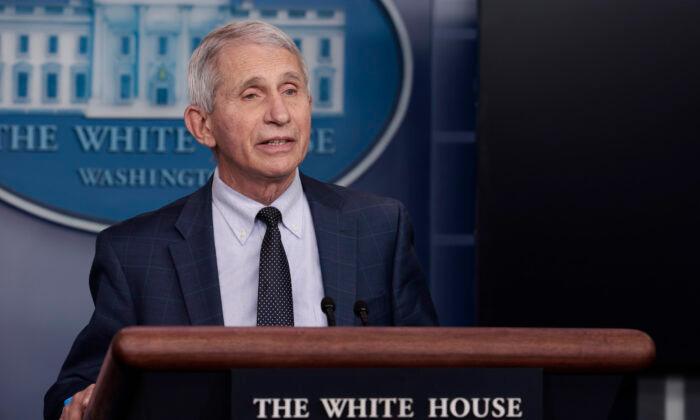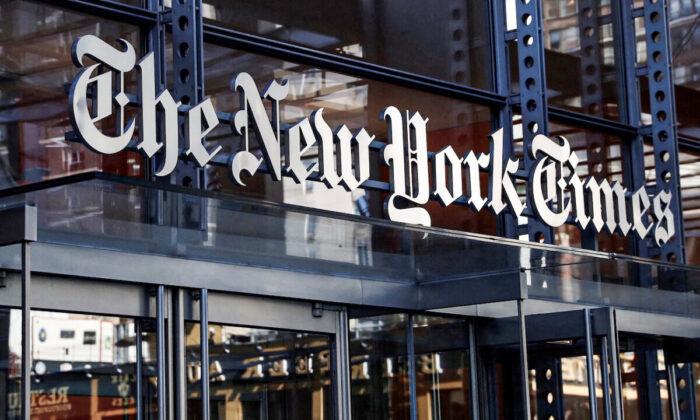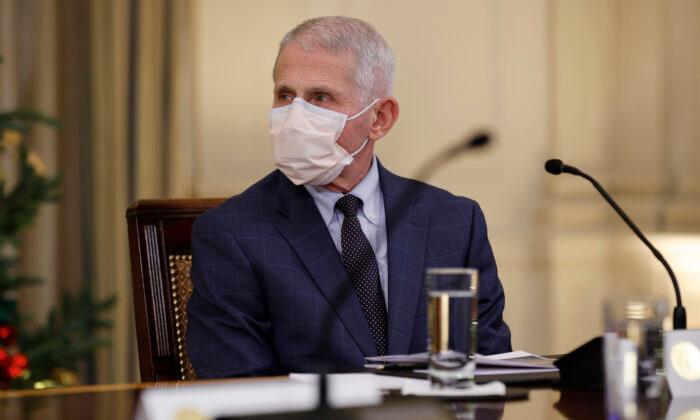Now that the media has declared Joe Biden the next president of the United States, let’s take a look at the state of play:
1. Donald Trump is legally the president until his term expires at noon on Jan. 20, 2021. Nothing that happened last week or will happen until Jan. 20 will affect his position or authority in any way.
2. Joseph Robinette Biden Jr. is neither the president nor the president-elect.
3. There is no such thing as the “office of the president-elect.” Barack Obama invented this phantom unconstitutional position back in 2008. It didn’t matter then and it doesn’t matter now, except in the minds of the media.
4. Biden will not be president-elect until the Electoral College meets on Dec. 14, if then. However ...
5. Dec. 8 is the so-called “safe harbor” date, by which the states, under federal law, must have resolved any and all controversies regarding a disputed election, and their governors must so certify, in order for the names of the actual electors to be reported to the national archivist.
6. Neither state governors nor courts, including their high courts, have any authority over how federal elections are conducted in their states.
7. If the election results are still in doubt by Dec. 8—as they might well be—the Trump campaign could ask the state legislatures in the disputed battleground to set aside the tainted tallies and use their plenary powers under Article 1, Section 4 of the U.S. Constitution to appoint and certify slates of electors favorable to the GOP.
8. Republicans now fully control 24 states, in which they have both houses of the legislature and the state house, including the battleground states of Arizona and Florida. Meanwhile, in Michigan, Pennsylvania, North Carolina, and Wisconsin, they control the legislatures, but the governors are Democrats. All six of those states could send Trump slates to the feds by Dec. 8, if they wish. Whether their Democratic governors would certify the slates is, of course, another matter. By contrast, the Democrats control only one current battleground state in which the vote is in dispute, Nevada, with a majority in the legislature and a Democrat as governor.
9. Should the election be thrown into the House of Representatives—as it was in 1800 and 1824—each state delegation gets one vote for president, and Trump would win, 31–18. For those scoring at home, that would mean 185,895,957 Americans, voting via their congressional delegations, would outvote 133,888,565 people living in Democrat states.
10. At the moment, the key state is also the Keystone State, whose 20 electoral votes would put Biden over the top, along with Arizona should they withstand legal challenges. Highly partisan Democratic control of the Pennsylvania Supreme Court and the governor’s mansion, however, has thus far ensured the state will remain contentious to the end. Reverse those votes, however, and then the quest for the White House all comes down to Georgia.
11. There can be no doubt that in several states, the results have been highly questionable, including Michigan and Wisconsin, in which mysterious tranches of votes—in some cases 100 percent for Biden—arrived in the dead of night during a “lull” in the counting, allowing the Democrats to figure out how many votes they needed for the former veep to pull ahead.
12. Elsewhere, electronic “glitches” have been reported, switching Trump votes to Biden, although rarely if ever the other way around. But this is par for the course regarding important elections, in which the Democrats somehow pull off amazing statistical improbabilities/impossibilities and nip the Republican candidate at the wire every time. Only once in recent history has it been stopped: in Florida in 2000, and there, they fumbled by asking for recounts in only three, heavily Democrat counties.
16. But fraud is fraud, and therefore its presence should rightfully invalidate the entire election, at least within each state where it provably occurs. It ought not to matter whether it involves outright ballot theft, forged ballots, illegal-alien ballots, fake “early voting” ballots, or obviously manufactured ballots delivered days after the nominal end of Election Day.
17. There was a time, perhaps, when a Richard Nixon—who knew he’d been cheated in Illinois by Chicago’s Mayor Richard Daley out of the 1960 election—could put country before party and refuse to challenge JFK’s hairsbreadth victory. But those days are long gone; the stakes are simply too high.
18. Everybody back then knew the Nixon and Kennedy differed in policy, not in love of country. Today’s critical-theory Democrats don’t love the country as founded, they love it for the kind of socialist utopia into which they’d like to fundamentally transform it. Don’t be fooled by their expressions of “patriotism.”
19. It’s time to rein in the media. Nobody—not even they themselves—views them as impartial reporters and fact-finders any more. Overwhelmingly leftist in outlook, today’s “reporters” prefer to think of themselves as social-justice warriors, effecting “change” by any means necessary. But members of the media should undergo the same scrutiny they apply to their political enemies, and be held liable under the same laws the rest of the population must abide by.
20. It’s also long past time to strip the “social media” companies and internet giants of the federal protection, specifically section 230 of the Communications Decency Act, that shelters them from liability actions on the grounds that they are “platforms,” not publishers. But as 2020 has shown, they were and are active partisans on the leftist side, slanting and shading the news—and even, in the case of the Hunter Biden laptop bombshell—suppressing it altogether.
In sum, we appear to be in uncharted waters. But as the elections of 1800, 1824, 1876, and 2000 have shown, we generally find a way to muddle through. Let the constitutional processes play out, and let’s see who takes the oath of office come January.





